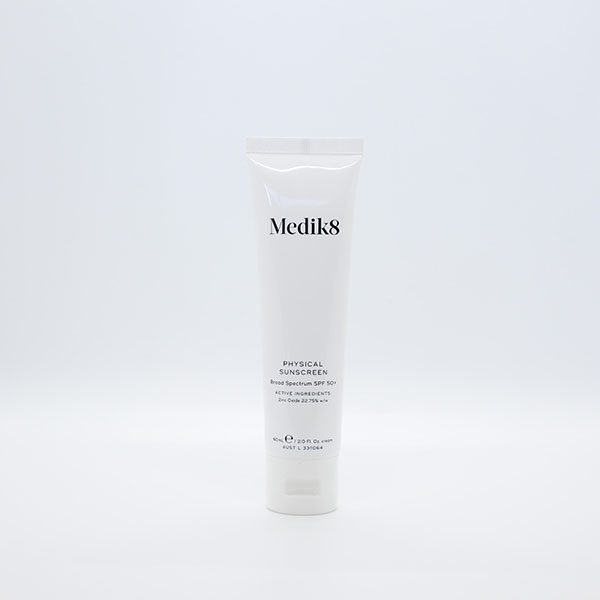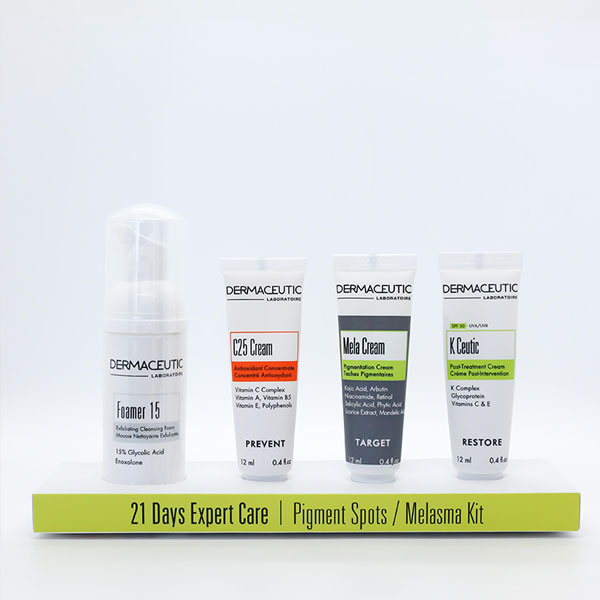Phototherapy uses natural filtered UV rays to reduce inflammation in the skin & help repair damaged skin. This treatment is classified as medical, & hence is covered under Medicare. Narrowband phototherapy takes 1- 4 minutes to perform & is both safe & effective.
Key Points
- Phototherapy uses medically prescribed light to reduces inflammation in the skin
- This treatment also aids in healing
- Phototherapy sessions are pain free, safe & highly effective
- This reduces the need for creams such as steroids & tablets
- Sessions are performed at Cutis Dermatology, Taringa, Brisbane
- There is no out of pocket cost for this treatment
Phototherapy at a glance
Our results speak for themselves
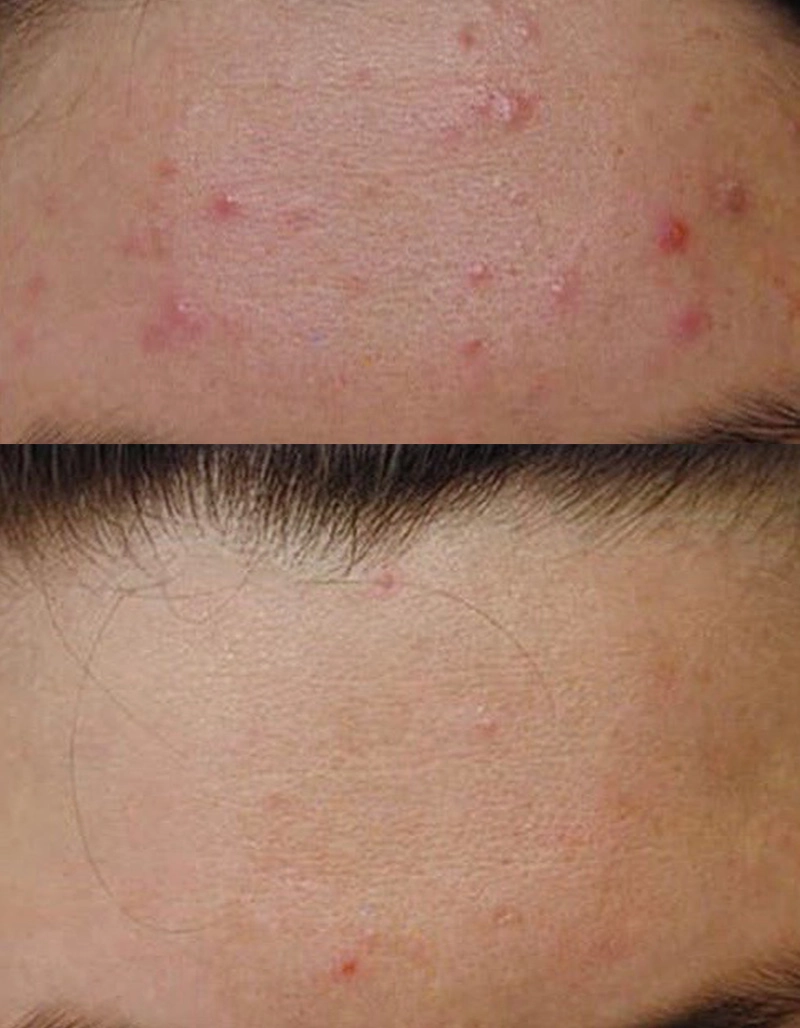
Before
After

Medical therapy for acne
Ask us more about this treatmant
Preferred Consultation
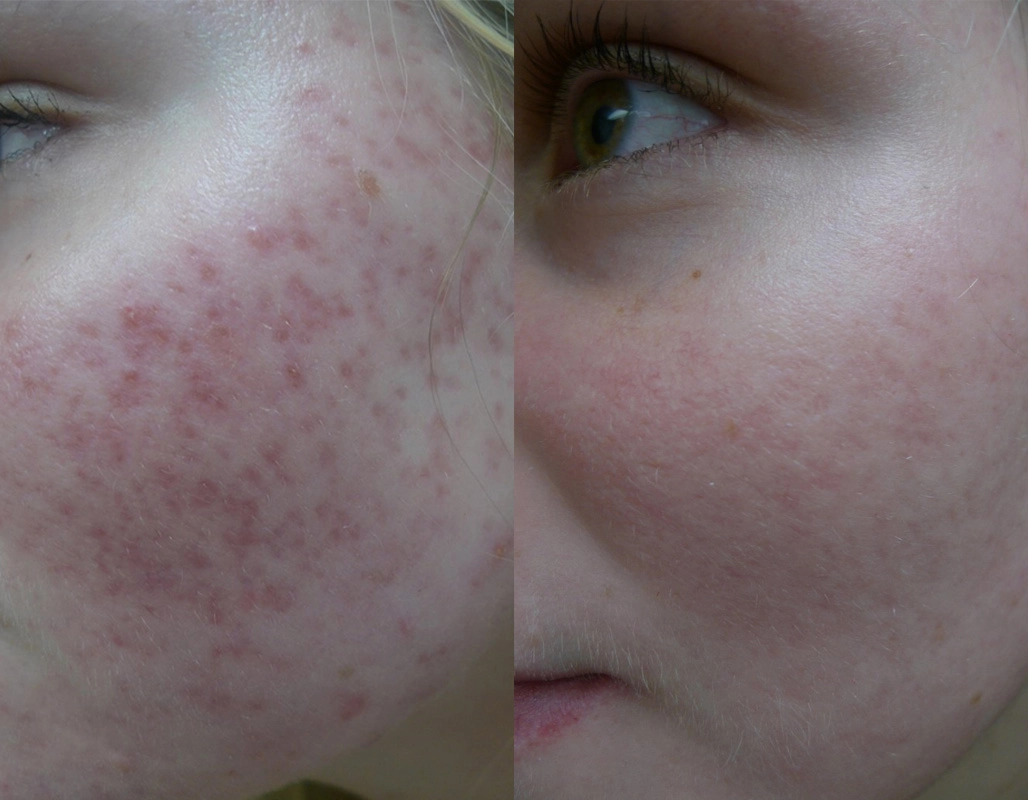
Before
After

Topicals to treat acne, vascular laser therapy to reduce redness
Ask us more about this treatmant
Preferred Consultation
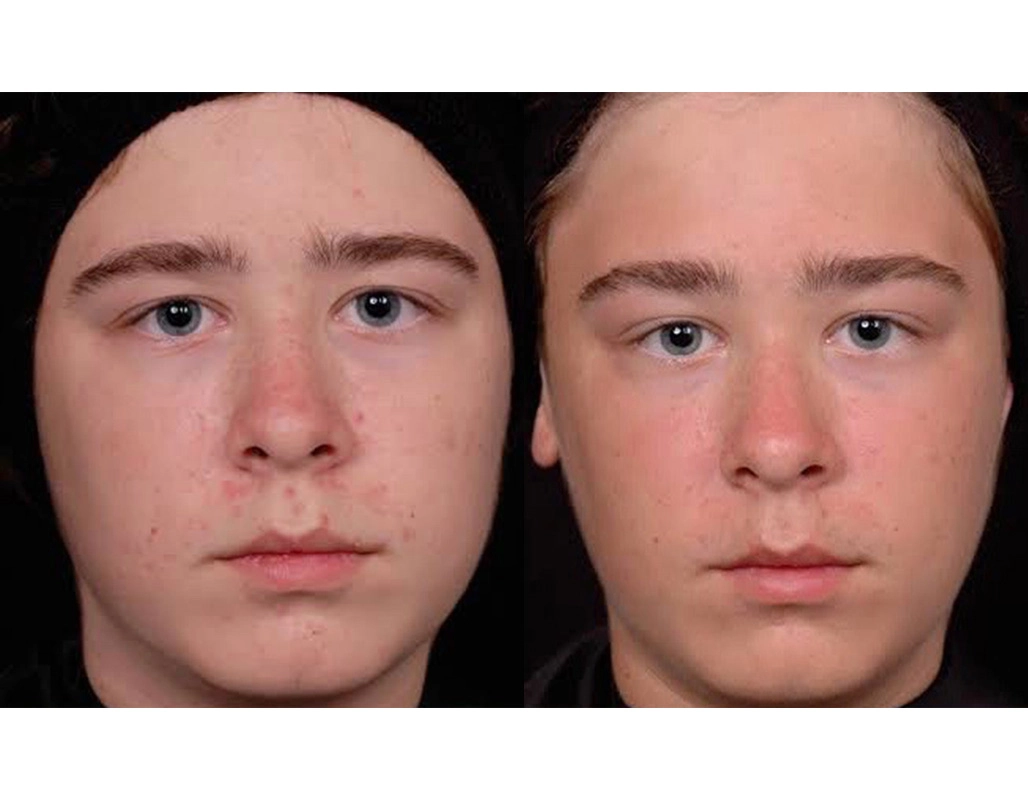
Before
After
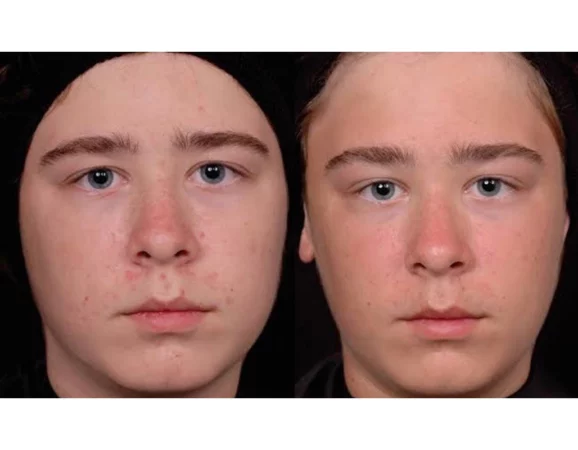
Topicals to treat acne, BHA based chemical peel to reduce blackheads & oil production
Ask us more about this treatmant
Preferred Consultation
FAQs
What is phototherapy
Phototherapy uses an invisible part of natural sunlight. Medically approved devices deliver precisely measured levels of ultraviolet light, much stronger than levels in sunlight. This is delivered to exposed part of your body or just the area of your skin that needs treatment. Treatments take less than 4 minutes to perform.
What skin conditions can phototherapy treat?
The most common conditions treated with narrowband phototherapy include-
- Psoriasis
- Vitiligo
- Dermatitis-eczema
Phototherapy can be used alone or combined with other treatments.
What are the advantages of phototherapy?
Your treating dermatologist may elect to use narrowband treatment for your skin condition. It has the following advantages-
Works fast: Especially for eczema & psoriasis patients. Results can be seen in the first week.
No steroid cream side effects: as light therapy is safe & convenient.
Treats large areas: especially in psoriasis & dermatitis patients.
No costs: as it is billed under Medicare
Safety profile: over 25 years of safety, TGA, FDA & CE approved
How much is it?
It’s under Medicare & we bulk bill this treatment, so you are not out of pocket.
If you do not have Medicare, it is $49 per session.
Some overseas insurance companies will cover phototherapy.
How does it work for psoriasis?
UV reduces skin inflammation in psoriasis by slowing down the immune system on the skin. It has similar effects as more powerful steroid creams, but without the side effects.
Phototherapy is best combined with exfoliating creams, as this allows better penetration of light in the thicker areas of skin.
How does it work for eczema?
Phototherapy reduces both the signs & symptoms of eczema, improving itch & discomfort & at the same time reduces skin inflammation. This markedly reduces the need for strong steroid creams that can thin down your skin.
How does it work for vitiligo?
Phototherapy reduces the autoimmune activity that results in your skin’s immune system attacking the pigment cells.
Pigment loss occurs in vitiligo. This is due to the death of melanocytes due to inflammation. Phototherapy stimulates melanocytes, thereby causing re-pigmentation in white patches. This wakes up sleeping pigment cells.
How long does it take to work?
It depends on the skin condition & severity.
- Eczema: 1 week, improving over the weeks
- Psoriasis: 2- 4 weeks, maximal over months
- Vitiligo: 4-24 weeks, its slow because pigment cells are asleep
How effective is narrowband phototherapy treatment?
Phototherapy has long been the option of choice for dermatologists. In the context of psoriasis & eczema, the results are not permanent, many patients find that they achieve excellent results with remission of months & occasionally years.
Narrowband phototherapy is a safe & highly effective treatment for psoriasis, vitiligo & other skin conditions. Phototherapy reduces the requirement of corticosteroid creams. Treatments are bulk billed through Medicare.
How can I optimize my phototherapy sessions?
- Keep clothing similar with each session. This will prevent burning.
- Protect your skin including your face & eyes if these areas are not affected. This will reduce tanning.
- Drop your dose if you skip more than one week since your last session. This will prevent unwanted burns.
- Moisturise. Using a moisturizer a few minutes or hours prior to your session improves light penetration, optimizing your treatment
At what age can I have phototherapy?
Anyone above 6 years old, the main limitation is if your child can stay in the same spot in an enclosed area for 2-3 minutes. Eye wear protection is mandatory for safety. This treatment is painless.
Most kids with eczema or vitiligo are fine with phototherapy, especially if parents are present in the unit for one or two sessions with them.
What is the difference between home UVB units & clinical ones?
FDA, TGA & CE approvals are required for clinical phototherapy systems. This means stringent tests to ensure it’s the correct wavelength & dose.
Home systems including handheld devices do not require certification, & considering light is potentially cancer causing, it may not be a smart idea to radiate your skin with home systems.
What is the difference from sunlight & phototherapy?
Natural sunlight has many differing wavelengths including harmful UVA & B. Additionally the amount of energy varies depending on the day, cloud cover & where you live.
Phototherapy supervised by dermatologists are carefully delivered in terms of dose and the wavelength. This means you can be given the most effective light treatment in the safest possible environment.
What are the risks and potential side effects of Phototherapy treatment?
Skin damage & photoaging are concerns with natural sunlight, however medical narrowband focuses on a small part of the light spectrum, avoiding some of the more harmful wavelengths. Side effects include-
- Itchy skin (resolves with more treatments)
- Tanning (common in higher dose & darker skin)
- Redness (when we push up the treatments)
- Burns (very rare)
- Rashes (sun sensitive rashes)
Who cannot have this treatment?
Excluded from phototherapy if-
- You have a personal or direct family history of melanoma
- You have lots of dysplastic moles
- You have photosensitive lupus or dermatomyositis
What aftercare is required for phototherapy treatment?
There is no aftercare needed post phototherapy. Following a treatment session, you can return to work or resume your normal daily activities. We caution you to reduce getting additional UV for 24-36 hours post phototherapy.
What other rare conditions do we treat with phototherapy?
Dermatologists use phototherapy to treat granuloma annulare, lichen planus, light eruptions, mycosis fungoides, morphea, discoid eczema, & over 100 more conditions. Narrowband has a good safety record & reduces the requirement for harmful steroid creams.
What to consider before undertaking phototherapy?
- Commitment to attend regular treatment sessions (typically 2-3 times per week)
- If you are not able to stand without aid for up to 5 minutes
- If your skin condition is worsened by sunlight
- If you have on medications that make you more photosensitive
- Have you got Medicare, as there is no charge for card holders


